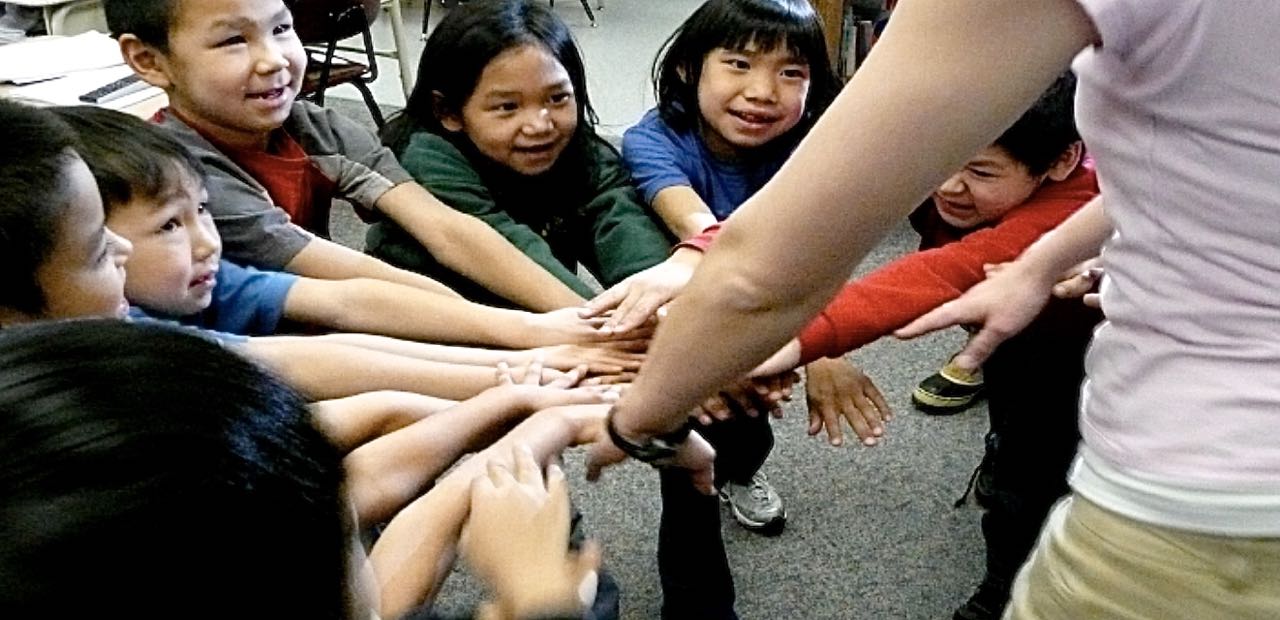
“The Last Frontier Facing the New Frontier” Episode 1 (Again with Practice Pointers!)
Clinton Campion, Sedor, Wendlandt, Evans & Filippi, LLC
This school year, our monthly commentaries will focus on modern challenges facing Alaska’s schools. This year’s theme is “The Last Frontier Facing the New Frontier.” As we did last year, our commentaries will include practice pointers.
As a result of the COVID-19 pandemic, school districts across Alaska were compelled to develop virtual, online learning platforms in order to reach students who were at home without access to in-person classroom instruction. Virtual or online student instruction worked for some students and families, but student learning largely suffered, with poor engagement and poorer outcomes.
As schools have returned to in-person instruction, virtual or online instruction has faded into the background in Alaska though many school districts continue to offer virtual instruction as an alternative to in-person attendance. Across the country, school districts are also using online or virtual instruction as an alternative to student discipline, forcing disruptive or troubled students back into virtual learning platforms. Other school districts are using assignments to virtual learning as an alternative form of student discipline.
Advocates of this practice believe that it can significantly benefit students remaining in the traditional brick-and-mortar classroom. They also believe that alternate placement benefits the re-assigned students because a break from the behavioral and social challenges of a classroom can serve as a reset for those students.
Detractors of this practice suggest that students who are removed from classrooms will lose social and emotional skills, will have diminished academic progress, and will have reduced chances of graduation. Detractors also suggest that the pathway for these students to return to the classroom is murky and cumbersome, and that many school districts have not developed procedures to return students to the classroom. As an example, one school district outside of Alaska required a student to be dropped off and picked up at a school’s central office and chaperoned to a bathroom, as a prerequisite for returning to in-person instruction.
In Alaska, students have a right to receive a public education and a school district may suspend or expel a student only if the student willfully disobeys or defies school official or engaged in behavior that is harmful to the welfare or safety of other students or school staff. AS 14.30.045. Students who are suspended or expelled are entitled to appeal to the board of their school district. 4 AAC 06.060(c). Suspended or expelled students have the right to return to school when it reasonably appears that the cause for their suspension or expulsion has been remedied. AS 14.30.047.
School districts in Alaska are required to develop policies and procedures regarding student behavior, treatment and discipline and are required to implement a uniform discipline policy. 4 AAC 07.010(a). District policies must be consistent with federal and state law. 4 AAC 07.010(b).
Most districts in Alaska have developed detailed policies and procedures regarding student discipline. These procedures do not include the possibility of forced transfer to online instruction as a form of discipline but include the right to contest proposed disciplinary action at hearings, and to appeal to the school board.
School districts that rely on transfers of disruptive students to online instruction as an alternative form of discipline without the protections of student rights can expect to face legal challenges. They can also expect increased scrutiny from the families and communities they serve.
Practice Pointers
School board members and administrators should consider the following:
- Does your district offer virtual instruction as an alternative to in-person instruction? If so, must students and parents/guardians voluntarily opt-in to virtual instruction?
- Does your district use or is it considering using virtual instruction as an alternate form of student discipline?
- Does your district have written policies and procedures for removal of disruptive students to virtual or online educational programs as an alternative form of discipline?
- If your district is considering using online instruction as an alternative form of student discipline, what is the plan for communicating this to staff, families, and community members?
More from Sedor, Wendlandt, Evans & Filippi, LLC:
- Current series: The Last Frontier Facing the New Frontier
- Ten part series: Fine Tuning
- Nine part series: A Free AND Ordered Space
- Nine-part series: Ripp’d from the Headlines
- Seven-part series: Technology and the law
- Eight-part series: Interacting with the world outside of the school
- Five-part series: Union Issues in Schools
- Four-part series: Freedom of Expression in Schools
